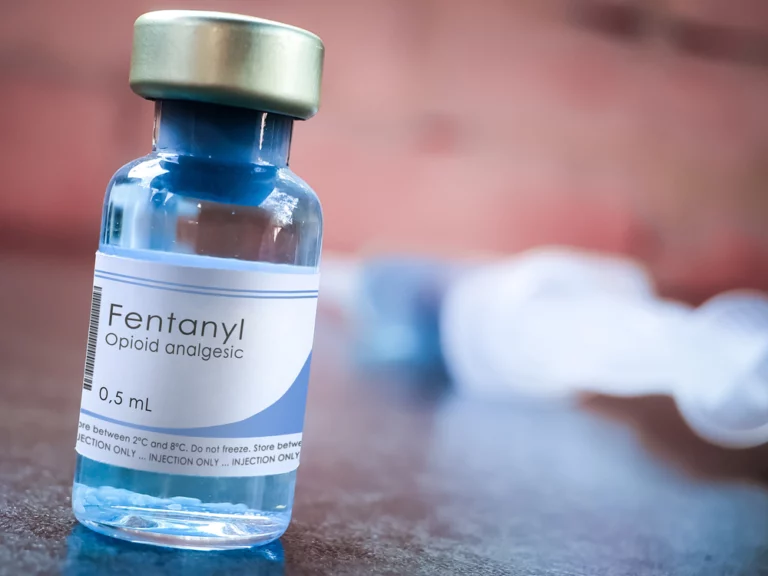Is Adderall or Vyvanse More Dangerous When Abused?
Adderall and Vyvanse are both stimulants that are often prescribed for ADHD. However, Adderall is occasionally prescribed for narcolepsy, while Vyvanse is prescribed to treat binge eating disorders.
Adderall comes in two different forms, immediate-release and extended-release, lasting 4-6 hours or 12 hours. Vyvanse lasts about 10-13 hours total and only comes in one type. They both have very similar side effects, but Vyvanse is known for being less intense, as it’s a prodrug. Because Vyvanse is a prodrug, it takes longer for the body to metabolize it, meaning it has a lower risk for abuse.
To learn more about the difference between Adderall and Vyvanse and the dangers of the two drugs, keep reading.
Adderall Addiction vs. Vyvanse Addiction
While using Vyvanse is often associated with a lower risk of abuse, it’s still possible to become addicted to the substance. The two drugs have different active ingredients, but similar effects on the body. Addiction to these two drugs can occur when the body begins to develop a tolerance. Having a tolerance to either drug will require people to use more and more of the substance for it to be effective.
This often ends with a dependence on the drug, even if the user didn’t mean for it to happen. While many people develop addictions to Adderall and Vyvanse this way (through a prescription), that’s not the case for everyone. Adderall and Vyvanse are also often used without a prescription for recreational purposes, although Adderall usage is more common in this way.
Are the Withdrawal Symptoms Different?
Because both of these drugs are amphetamines, the withdrawal symptoms are similar. Adderall withdrawal symptoms include:
- Depression
- Irritability
- Insomnia
- Fatigue
- Nausea
- Stomach aches
- Cramps
- Vomiting
The symptoms of Adderall withdrawal often start a day or two after ceasing drug use and can last a few days to several weeks depending on how heavily the drug was used and for how long.
For those that use Vyvanse, withdrawal is called “Vyvanse crash” and can occur pretty quickly after ceasing use of the drug. Vyvanse crash can feel like a hangover. More severe withdrawal symptoms often follow this crash. Vyvanse withdrawal symptoms include:
- Cravings
- Fatigue
- Depression
- Mood changes
- Anxiety
- Insomnia
- Strange or lucid dreams
- Increased appetite
- Sweating
- Agitation
The withdrawal symptoms of Adderall and Vyvanse are pretty similar, both leaving people feeling drained, anxious, depressed, and tired. Both of these drugs tend to affect one’s mental health instead of causing more physical symptoms as other drugs do.
How Does Treatment Differ?
Treatment for Adderall and Vyvanse addiction is the same. Anyone addicted to either of the two stimulants should seek out treatment immediately, whether it be inpatient, outpatient, or detox. Getting help for your addiction is the best way to recover.
Treatment facilities offer a combination of activities, therapy, and medical treatment in order to ensure the safety of their patients and their continued sobriety.
Which One is More Dangerous?
When it comes to determining which one is more dangerous, Adderall or Vyvanse, it’s a toss-up. Both drugs can be extremely dangerous and shouldn’t be abused. Adderall is more dangerous, as it’s more frequently used recreationally, and Vyvanse is a prodrug, making it harder to abuse. However, people can become dependent or addicted to both types of stimulants, and the withdrawal symptoms for both are equal.
If you or someone you love is addicted to Adderall or Vyvanse, reach out to Oasis Recovery Center for help. We’re here to answer any questions you may have and help you on your road to recovery. To find rehab in North Carolina, give us a call at (828) 330-9393









